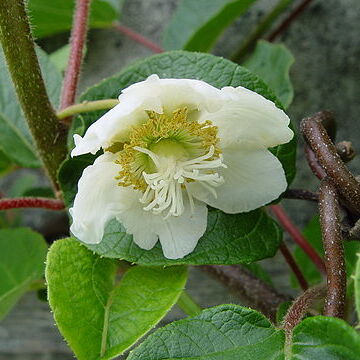Trees, shrubs, or woody vines. Leaves alternate, simple, shortly or long petiolate, not stipulate. Flowers bisexual or unisexual or plants polygamous or functionally dioecious, usually fascicled, cymose, or paniculate. Sepals (2 or 3 or)5, imbricate, rarely valvate. Petals (4 or)5, sometimes more, imbricate. Stamens 10 to numerous, distinct or adnate to base of petals, hypogynous; anthers 2-celled, versatile, dehiscing by apical pores or longitudinally. Ovary superior, disk absent, locules and carpels 3-5 or more; placentation axile; ovules anatropous with a single integument, 10 or more per locule; styles as many as carpels, distinct or connate (then only one style), generally persistent. Fruit a berry or leathery capsule. Seeds not arillate, with usually large embryos and abundant endosperm.

